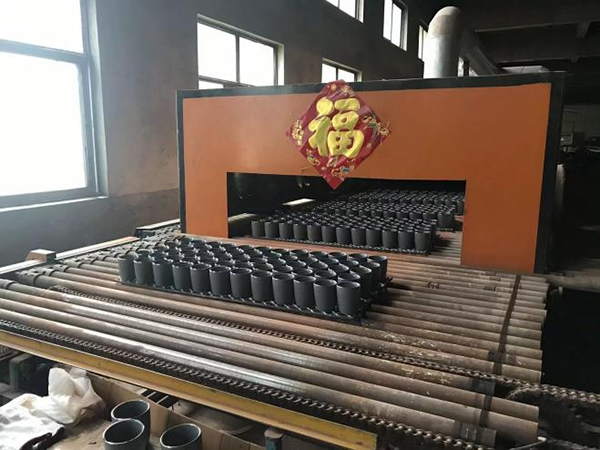Under-glaze Pad-stamping Process Revolutionizes Ceramic Design and Manufacturing
In a breakthrough for the ceramics industry, a new printing process known as Under-glaze Pad-stamping is revolutionizing the way ceramic products are designed and manufactured. This cutting-edge technique allows for intricate and vibrant patterns to be applied to ceramic surfaces with unparalleled precision and durability.
The process of pad stamping includes molding, repair, printing, glazing and firing. Pad stamping is a traditional ceramic process with unique artistic effects. First, ceramic products are formed through molding and repair processes. Next, a layer of white glaze is applied to the finished ceramic surface and dried. Then, a special printing technology is used to print the desired pattern and pattern on the white glaze surface. After printing, the ceramic products are completely dried, and then the glaze process is carried out. Glazing can protect the print from fading and increase gloss. Finally, the ceramic products are sent to a high-temperature kiln for firing, so that the glaze is thoroughly melted and combined with the ceramic to form the final effect of pad stamping. After these steps of processing, finally presented a beautiful, full of artistic sense of pad stamping ceramic products.
One of the key advantages of Pad-stamping is its ability to reproduce intricate and complex designs with utmost precision. This allows ceramic artists and designers to explore new avenues of creativity, expressing their vision through intricate patterns and vibrant colors. From delicate floral motifs to intricate geometric designs, Pad-stamping opens up a world of possibilities for ceramic design.
Manufacturers and artisans alike are embracing Pad-stamping as it simplifies the production process and reduces costs. This new technique removes the need for multiple firings and extensive touch-ups, streamlining the production time and allowing for increased output. As a result, Pad-stamping ceramics can be produced more efficiently, making them accessible to a wider range of customers.
The advancements in technology have contributed to the widespread adoption of Pad-stamping. Sophisticated printing systems, including advanced technology, have enabled the reproduction of intricate designs with exceptional precision and sharpness. This ensures that every detail of a pattern or image is faithfully represented on the ceramic surface.
As the Pad-stamping process continues to evolve, research is underway to further enhance its capabilities. Scientists and engineers are exploring the use of new materials, developing alternative printing methods, and finding ways to introduce different textures and finishes to create an even wider range of ceramic possibilities.
In conclusion, Under-glaze stamping process can ensure product contact safety, adapt to more complex shapes, simplify process flow, reduce production costs and increase output.






